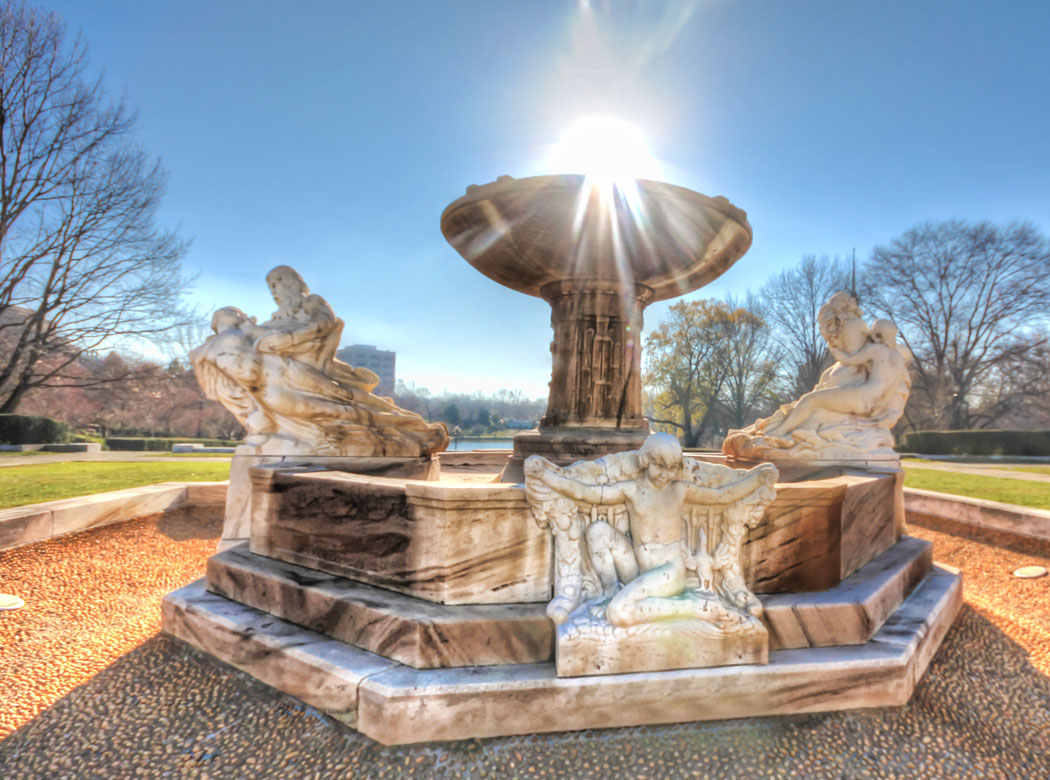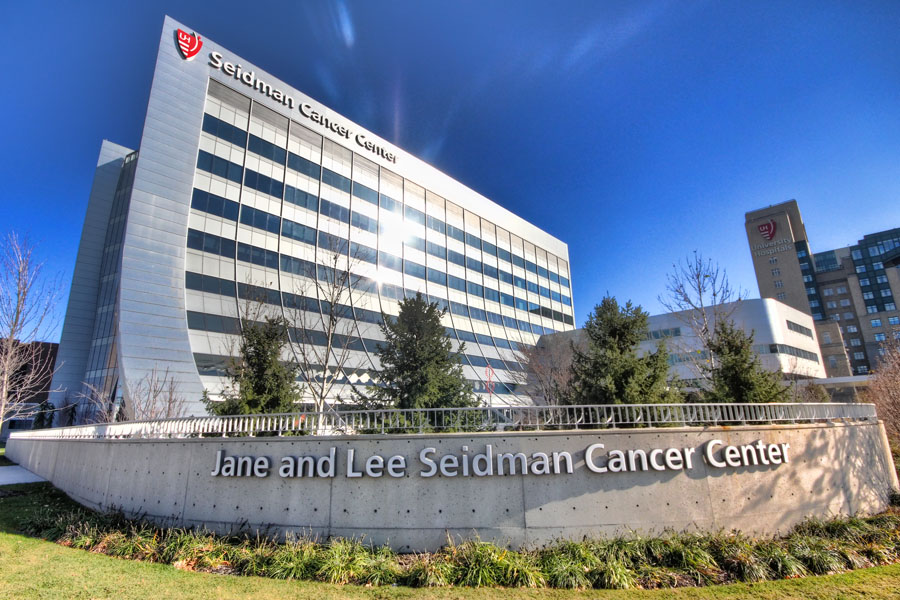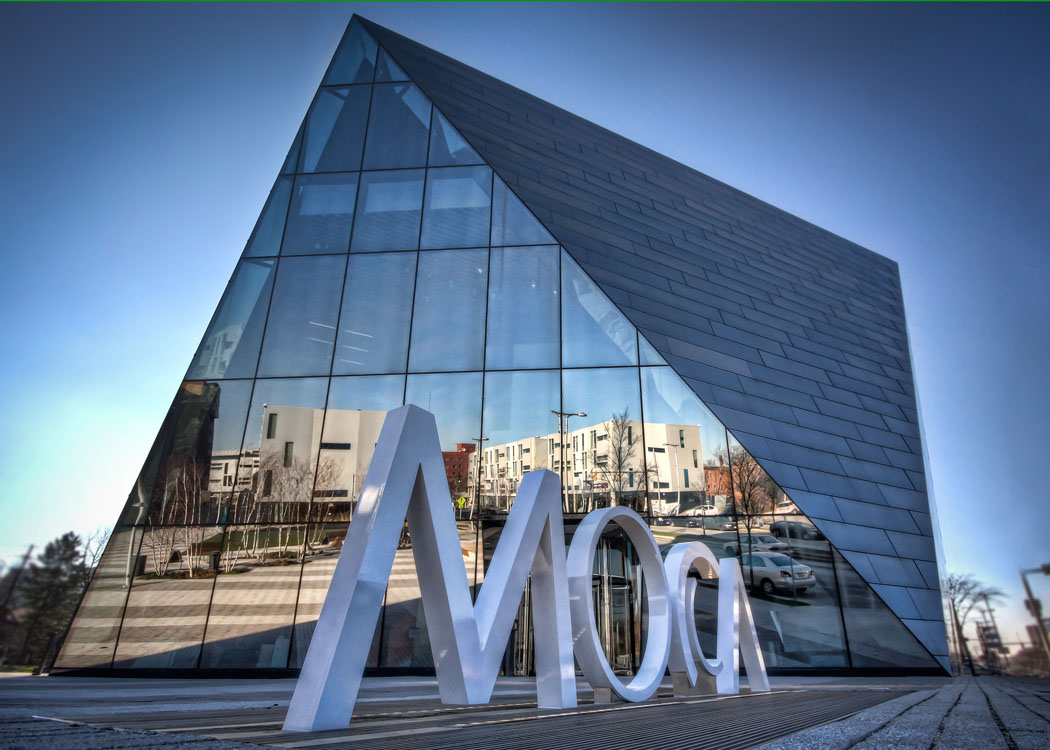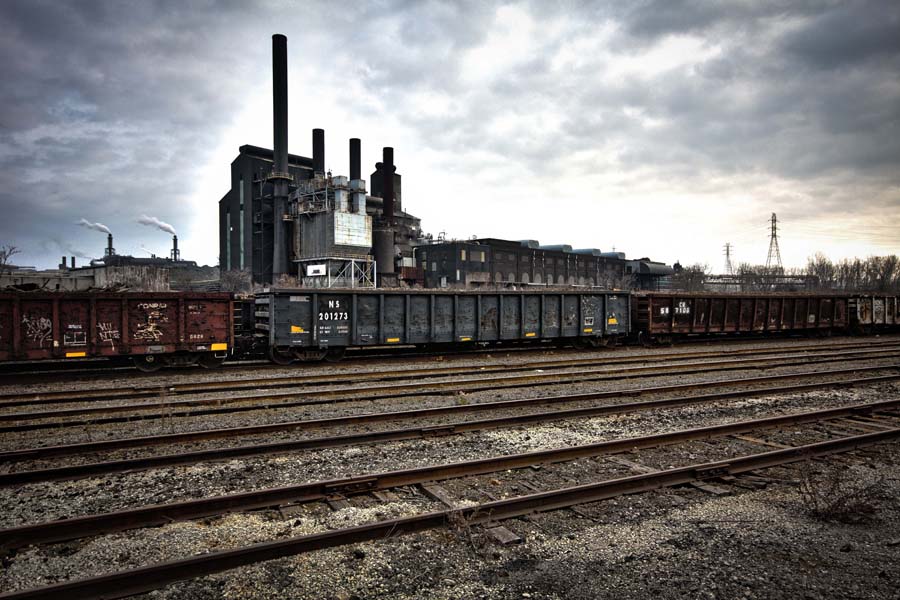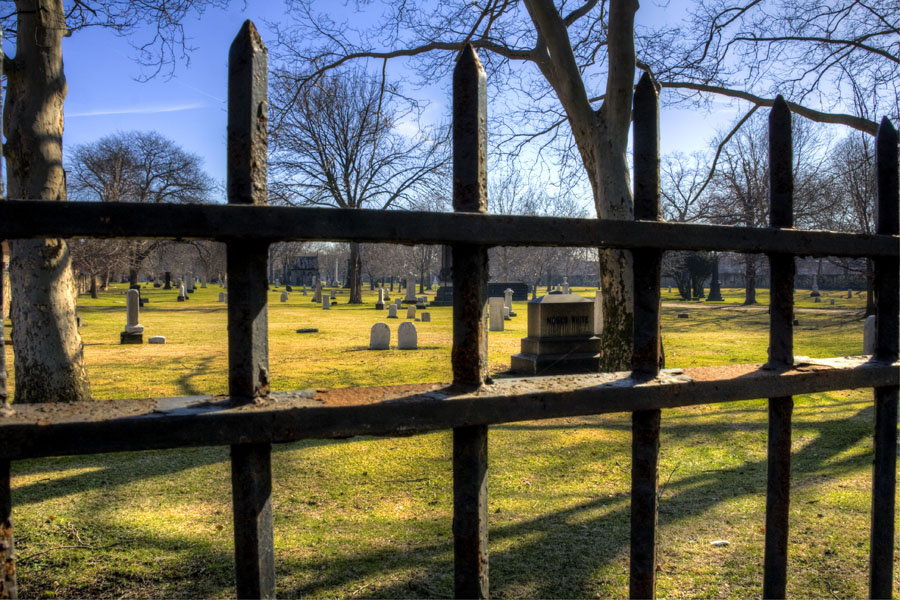Fountain of Waters
“Fountain of Waters” by Chester Beach in the Cleveland Museum of Art Fine Arts Garden
From the Cleveland museum of Art website : ” I know of no other example of landscape art as beautiful as this where such a large part of the population pass daily and enjoy it.” Frederick Law Olmsted Jr., of the Olmsted Brothers landscape architecture firm, is of course referring to the Fine Arts Garden. The garden fills the approach to the Cleveland Museum of Art from Euclid Avenue, and is bordered on the east and west by East Boulevard and Martin Luther King Boulevard, respectively. The Fine Arts Garden was formally presented to the city of Cleveland by the Garden Club at a dedication ceremony on July 23, 1928.
The Cleveland Museum of Art was built on land donated by industrialist Jeptha Homer Wade II. This land is located in Wade Park, which was donated to the city in the nineteenth century by Wade’s grandfather, Jeptha Homer Wade I. Prior to the construction of the museum, Wade Park was a popular recreation area that included a lake for boating and skating, walking paths, and picnic areas.
Construction of the museum decimated the landscape surrounding the building. For several years after the museum opened in 1916 the park was minimally maintained by the city. The unsightly bit of land between the museum and Euclid Avenue was the subject of much criticism during this time. In 1923 the Garden Club of Cleveland, whose library was housed at the art museum, appointed a committee to study the problem of beautifying the area.
Through various fund raisers garden club members were able to hire the firm of landscape architect Frederick Law Olmsted, the designer of Central Park in New York City, to design the Fine Arts Garden. These images represent the firm’s vision for the Fine Arts Garden.
In addition, members of the club, the art museum, and community at large donated funds to commission artist Chester Beach to sculpt the “Fountain of Waters” and signs of the zodiac statues. Funds also were donated for the purchase of marble benches, terraces, and other pieces of statuary for the garden. All of the funds to establish the garden, over $400,000, came from private donations. Maintenance of the garden is funded through an endowment established by Mrs. John Sherwin, president of the Garden Club at the time the garden was planned.
The Museum Archives houses records related to the planning and construction of the Fine Arts Garden including records of the Fine Arts Garden Commission, records from the Olmsted Brothers firm, planting plans and blueprints, and photographs. For more information, see the Records of Fine Arts Garden finding aid.”
For more info: www.clevelandart.org/collection-focus-article/fine-arts-garden
Today’s Quote: The best thing about the future is that it comes only one day at a time.” – Abraham Lincoln
